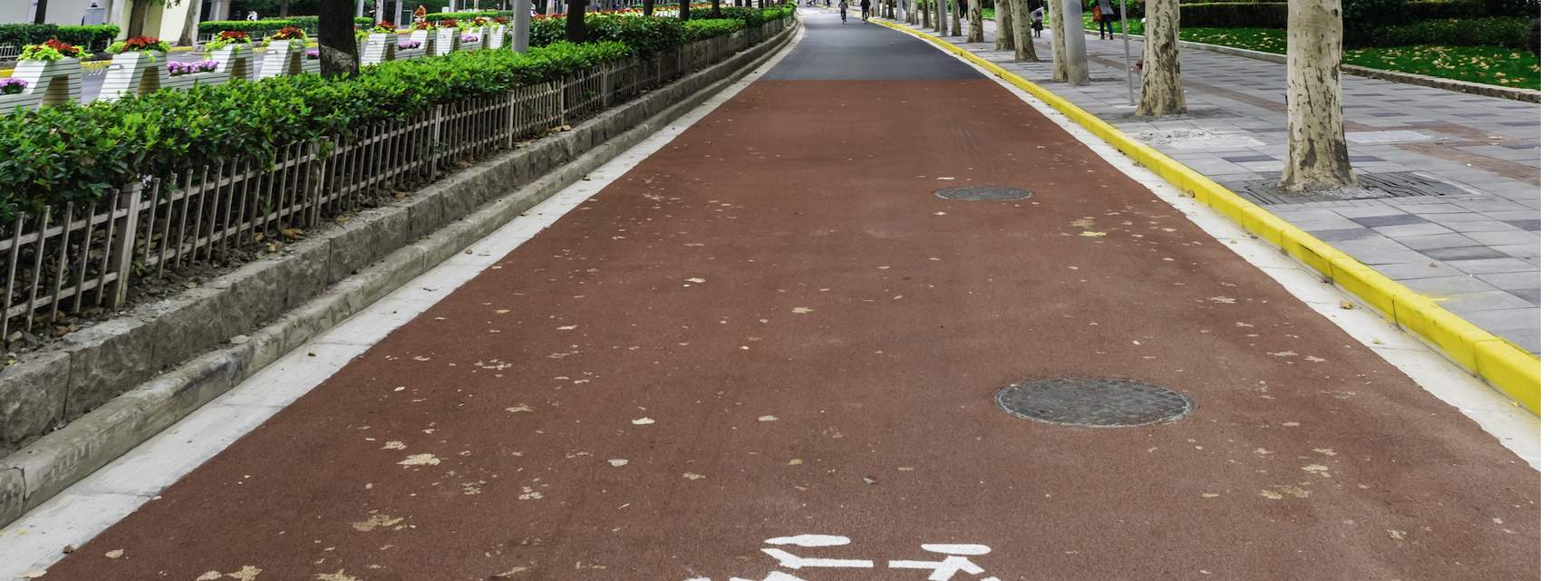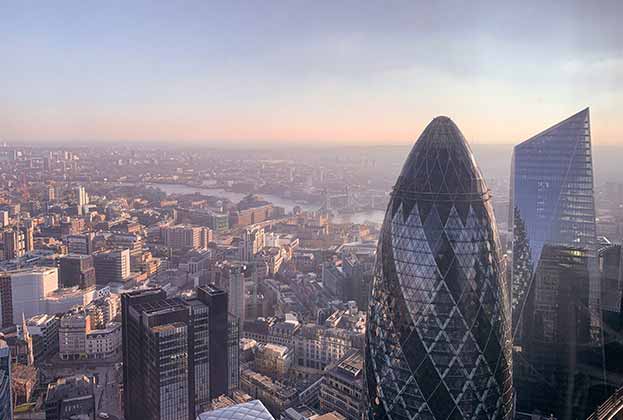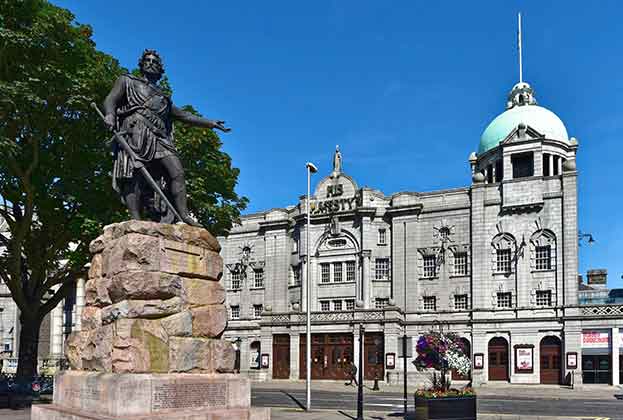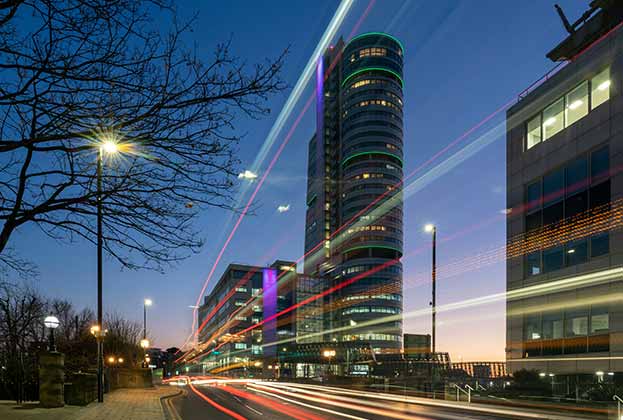The last couple of iterations of our Tech Cities programme have highlighted the importance tech talent around the world is placing on living and working somewhere that delivers the lifestyle they seek.
We’ve examined the cities that perform well in meeting these expectations by having a ‘buzz’, through offering a diverse and vibrant nightlife and cultural scene, and delivering on ‘wellness’ through good mobility, healthcare and access to green space.
In our 2021 programme we have continued to examine these lifestyle factors, in addition to adding a few more, particularly given wellness matters more than ever to both tech talent and business occupiers. But lifestyle is not the only consideration in location decisions. Tech companies also look closely at their ease of doing business, ability to access large swathes of talent and the wider business ecosystem and how they can plug into other related sectors and expertise. Alongside smaller cities that perform well against lifestyle metrics, we therefore have a series of Tech Megacities which score highly on these factors.
But what if health and wellbeing continue to be at top of the agenda, and equals or overtakes these ‘harder’ business drivers that Megacities thrive on? If that happens will these large and crowded metropolises have an impossible hurdle to overcome?
It’s unlikely. Many cities have taken the last 12 months to accelerate programmes to expand pedestrian and cycle networks in a bid to boost personal mobility and tackle poor pollution levels. Paris, one of the locations we’ve identified as a Tech Megacity, is piloting the ‘15 minute city’ where most amenities that residents need are within a 15-minute walk or cycle from their home.
Shanghai, one of the six Megacities in China, is creating cycle lanes along its riverside while preserving adjacent historical structures. The City of London, meanwhile, is introducing wider footpaths, narrower driving lanes, timed road closures and changing mobility patterns in the city.
If these measures continue, Tech Megacities have the ability to deliver on some of the ‘liveability’ factors that Tech Lifestyle Cities also perform so highly on, albeit potentially to a lower degree on some as their sheer size makes some challenges hard to overcome.
From scaling start-ups to global mega corporations, Tech Megacities will remain essential places for the industry to locate. But the events of 2020 were a catalyst for change and has brought the particular challenges these big cities face to the fore – pollution, crowding and high costs of living. They must continue responding to these challenges to ensure they remain attractive to the tech talent that underpins their success.

-impact-the-office-sector(1).jpg)

.jpg)






